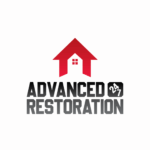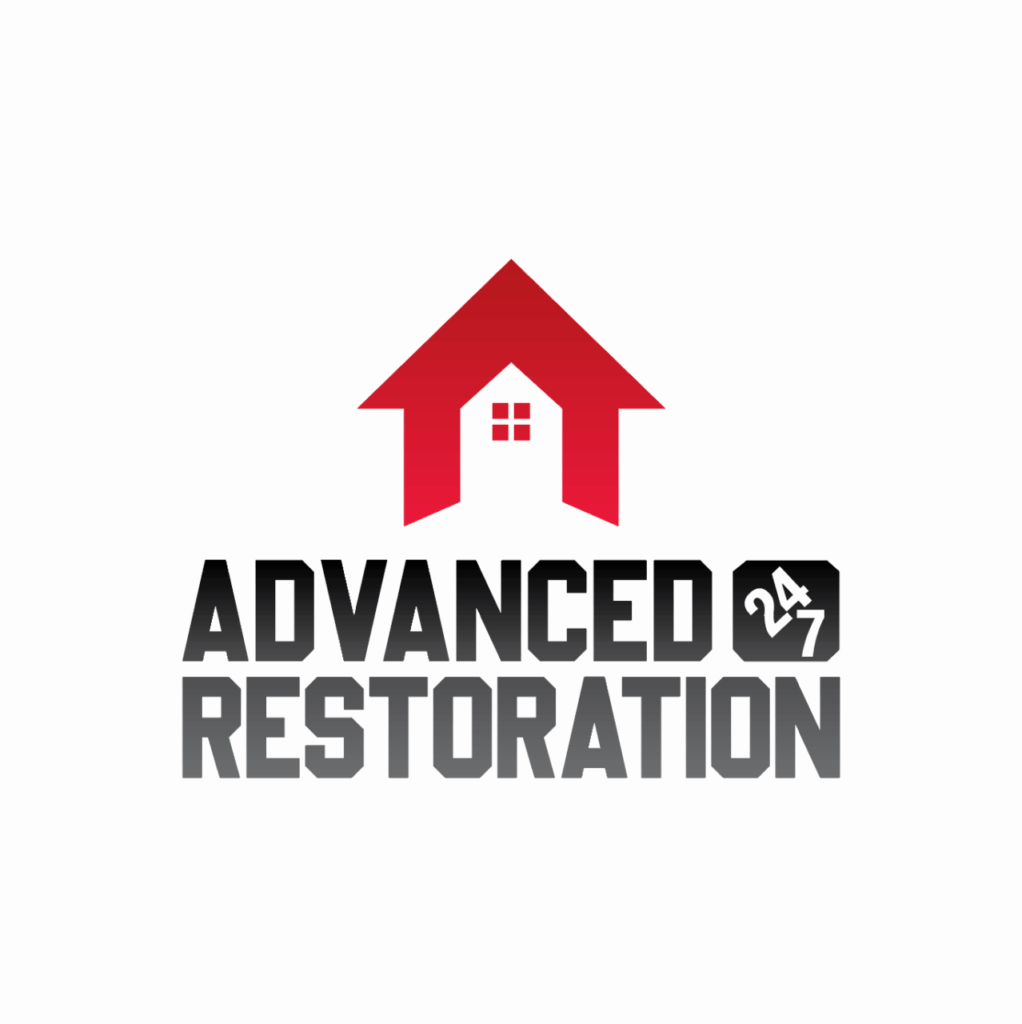Welcome to our comprehensive guide on the prevalence of mold in houses. In this article, presented by Advanced 24/7 Restoration, we’ll examine the percentages of homes affected by mold nationwide. You’ll discover the factors contributing to mold growth and learn about regional variations in infestation rates.
House Mold Prevalence
According to recent data, the national average for houses with mold is approximately 30%. That means almost one-third of homes in the country have some form of mold issue. To address mold concerns, it’s crucial to understand the inspection process and the potential health risks linked to exposure.
When it comes to inspecting your home for mold, there are a few critical steps involved. First, you’ll want to visually examine areas where moisture accumulates, such as basements, bathrooms, and kitchens. Look for any signs of discoloration or staining on walls, ceilings, or floors. Also, pay attention to musty odors, indicating hidden mold growth.
If you suspect there’s a serious mold problem in your home, it’s advisable to hire a professional mold inspector. Professionals, like the experts at Advanced 24/7 Restoration, have specialized tools and equipment. This equipment can detect hidden molds behind walls or under flooring. These experts will also take samples of suspected molds for laboratory testing to determine their type and concentration.
It’s imperative to address any potential mold issues promptly. This is because prolonged exposure to certain types of molds can pose significant health risks. Mold spores can cause allergic reactions in some people, like sneezing, coughing, and skin irritation. Individuals with respiratory conditions like asthma may experience worsened symptoms when exposed to mold. In rare cases, toxic molds can produce mycotoxins, leading to more severe health problems.
Stay informed about the prevalence of household molds. Regular inspections and quick action will create a healthier living environment for your entire family.
Remember, taking steps to prevent mold protects your health and contributes to a healthier community environment.
Factors Affecting Mold Growth in Homes
Several factors affect mold growth in your home; understanding these factors is crucial for prevention. Key factors contributing to mold growth include:
- Humidity Levels: High humidity creates an ideal breeding ground for mold. Keep indoor humidity between 30% and 50% to discourage mold growth. Use dehumidifiers or air conditioners to control moisture levels.
- Poor Ventilation: Insufficient airflow can trap moisture indoors, promoting mold growth. Ensure proper ventilation by opening windows, using exhaust fans, or investing in a whole-house ventilation system.
- Water Leaks: Any source of water leakage should be promptly addressed as it provides the perfect conditions for mold to flourish. Regularly inspect plumbing systems, roofs, and areas prone to water accumulation, like basements or bathrooms.
- Condensation: Condensation occurs when warm air meets cold surfaces, leading to moisture buildup. Use insulation on colder surfaces such as windows or pipes to minimize condensation-related mold growth.
Prolonged mold exposure can have serious health risks for some individuals with weakened immune systems, such as respiratory issues, allergies, and even infections.
Regional Variations in Mold Infestation Rates
Regional differences significantly impact the prevalence of mold in houses. Exploring available data and research is essential to understanding these variations and protecting your health.
Research has shown that regional climate plays a significant role in mold growth. Areas with high humidity, such as coastal regions or places with heavy rainfall, are more prone to mold infestations. The warm and damp conditions provide an ideal breeding ground for mold spores to thrive. On the other hand, drier regions may have lower mold infestation rates due to their arid climate.
Another factor contributing to regional differences in mold infestation rates is the building materials used in construction. Some regions may contain older homes prone to moisture damage due to materials like wood or plaster. These materials can provide favorable conditions for mold growth if not properly maintained.
Regional variations in mold infestation rates also pose potential health risks. Individuals with pre-existing respiratory conditions or weakened immune systems may be particularly vulnerable.
Therefore, residents across different regions must understand the potential health risks associated with mold infestations and take necessary precautions. Regular inspections, proper ventilation, moisture control, and prompt remediation are crucial for preventing and addressing mold issues.
Common Signs and Symptoms of Mold in Houses
Recognizing the signs and symptoms of mold in houses is vital for early detection. Here are four crucial indicators:
- Allergies: Frequent sneezing, coughing, or itchy eyes at home may be from mold spores in the air, exacerbating existing conditions.
- Visible growth: Mold often appears as black or green spots on walls, ceilings, or other surfaces where moisture is present. Unusual discoloration that doesn’t go away after cleaning may indicate mold growth.
- Water damage: Areas with water leaks or flooding are more susceptible to mold growth. Look out for peeling paint or wallpaper, warped wood, or dampness around windows and pipes.
- Musty smell: A distinct musty odor is often associated with mold infestations. If you detect this smell in certain rooms or areas of your home, it’s worth investigating further.
Professional testing and inspection services can confirm the presence and severity of mold. They can identify the type of mold and determine how to remove it from your home successfully.
Effective Prevention and Remediation Strategies for Mold
Preventing and remediating mold in your home is essential. Controlling moisture levels through proper ventilation and regular cleaning is one effective approach. Mold thrives in damp environments, so keeping your home dry and well-ventilated is essential.
Proper ventilation offers several benefits. It reduces moisture buildup, improves indoor air quality, prevents condensation, and enhances overall comfort. In contrast, inadequate ventilation poses risks like heightened humidity, pollutant entrapment, mold promotion, and the onset of musty odors.
Good ventilation helps control moisture and improves indoor air quality, making your home healthier.
Another important factor in preventing mold is using mold-resistant building materials when constructing or renovating your home. These materials resist mold growth and are especially useful in areas of high humidity or water exposure.
Regular cleaning is also essential in preventing mold from spreading in your home. Ensure timely cleaning of visible mold with suitable solutions like bleach or vinegar. Wear protective gear such as gloves and masks.
Final Thoughts
It’s essential to be aware of the prevalence of mold in houses and take necessary precautions. While national statistics vary, regional variations in mold infestation rates are common. Mold signs and symptoms should not be ignored, as they can negatively affect health.
You can minimize the risk of mold growth in your home by implementing effective prevention and remediation strategies. This includes moisture control and regular cleaning. Stay proactive and keep your living space healthy.
Advanced 24/7 Restoration’s mission is to provide unparalleled care and support to our valued clients. Delivering the best solutions for your property restoration needs. Our vision is to be the top-rated damage restoration company in Denver, known for our exceptional services, professionalism, and dedication to customer satisfaction. Water damage, fire damage, flood damage, and more.
- This author does not have any more posts


